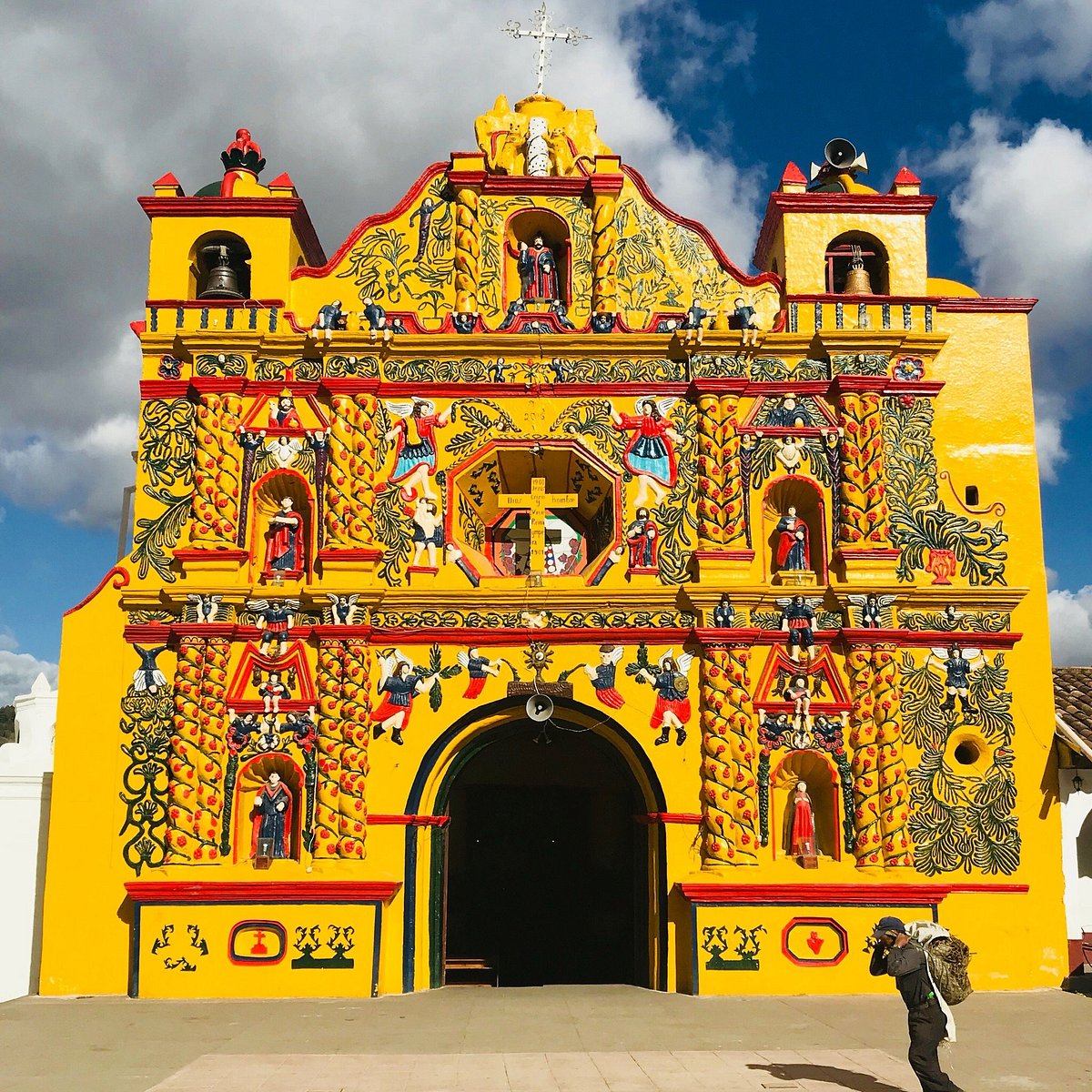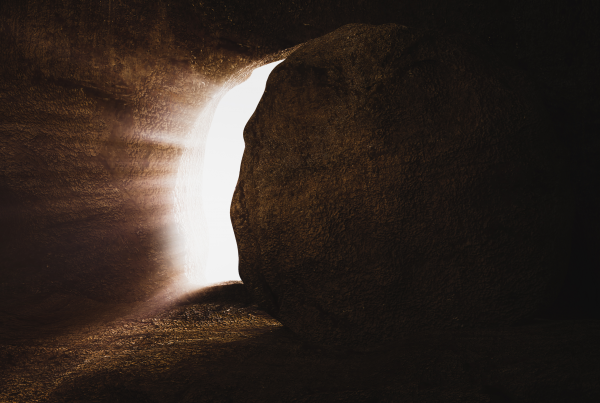The yellow facade of Iglesia San Andrés Xecul stretches high above the town square. This iconic landmark symbolizes the enduring influence of Mayan culture on Christianity in Guatemala. Elaborate paintings of jaguars, angels, quetzals, plants, and saints cover the building. Each image honors Mayan heritage, creating a beautiful and unique place of worship.
In the early chapters of Mark, Jesus has a thriving ministry in Galilee and Capernaum. Large crowds follow him from place to place, desperate to experience his healing and hear his teachings. Amidst this surge in popularity, Jesus decides to travel to the other side of the Sea of Galilee to the region of the Gerasenes, a Gentile territory.
A demon-possessed man lived alone in the tombs there, isolated and tortured by a force known merely as “Legion,” meaning “thousands.” The demons forced him to harm his own body, cutting himself upon the stone. Others tried to help by binding his hands and feet, but the man shattered the chains.
When Jesus arrives, the demon-possessed man falls to his knees before him. In a stunning plot twist, the demons beg for mercy: “What do you want with me, Jesus, Son of the Most High God? In God’s name don’t torture me!” (Mark 5:7). They implore Jesus to send them in a herd of pigs, and he complies, restoring the tortured man to sanity. Seeing the healed man fills the townspeople with fear, and they plead with Jesus to leave their region (Mark 5:17).
Heeding the townspeople’s request, Jesus returns to the other side, again greeted by a large crowd (Mark 5:21) in desperate need of healing. The newly healed man begs to accompany Jesus on his travels, but Jesus commands him to remain in his region and share his story with the people there. He obeys Jesus, proclaiming the good news in the Decapolis (ten cities). The people respond with “amazement.” Why did they listen to the healed man rather than Jesus himself?
The Gerasene’s story was effective because of his individual history and background. He was not an unfamiliar Jewish tradesman but a fellow Gentile and neighbor. They knew of his torment and rejoiced in his healing. He likely worshipped other gods besides Yahweh, yet was willing to change everything when he encountered Christ. He experienced suffering and still found faith. His background was the perfect fit for this particular setting. His voice could best proclaim the gospel in the Decapolis.
Like the healed Gerasene, the Iglesia San Andrés Xecul is the perfect church for its small highland town. The painted quetzals reflect God’s creation. The jaguars, an ancient symbol of Mayan rulers, promote God’s authority. The maize yellow backdrop points to the nation’s favorite crop. The intricate detail work resembles a huipil. Iglesia San Andrés Xecul would feel out of place in Berlin, Germany or Chicago Illinios. The cathedral of Notre Dame would look hopelessly out of place among the Guatemalan mountains. Iglesia San Andrés Xecul is special because it represents its people.
During the season of Lent, we reflect on the life of Christ. Through his incarnation, Jesus embodied what it meant to be a Jewish man in the first century. He traveled with his parents to Jerusalem for Passover (Luke 2). He learned a trade from his father. He taught at synagogues he attended as a child (Mark 6). He practiced the Sabbath. Jesus understood and experienced culture. He calls us to do the same.
During Lent, we can reflect on who God designed us to be. Our stories are as unique as Christ’s and the Gerasene’s. Our backgrounds as beautiful as Iglesia San Andrés Xecul. What designs are painted on our souls? How can our voices speak to those around us?





